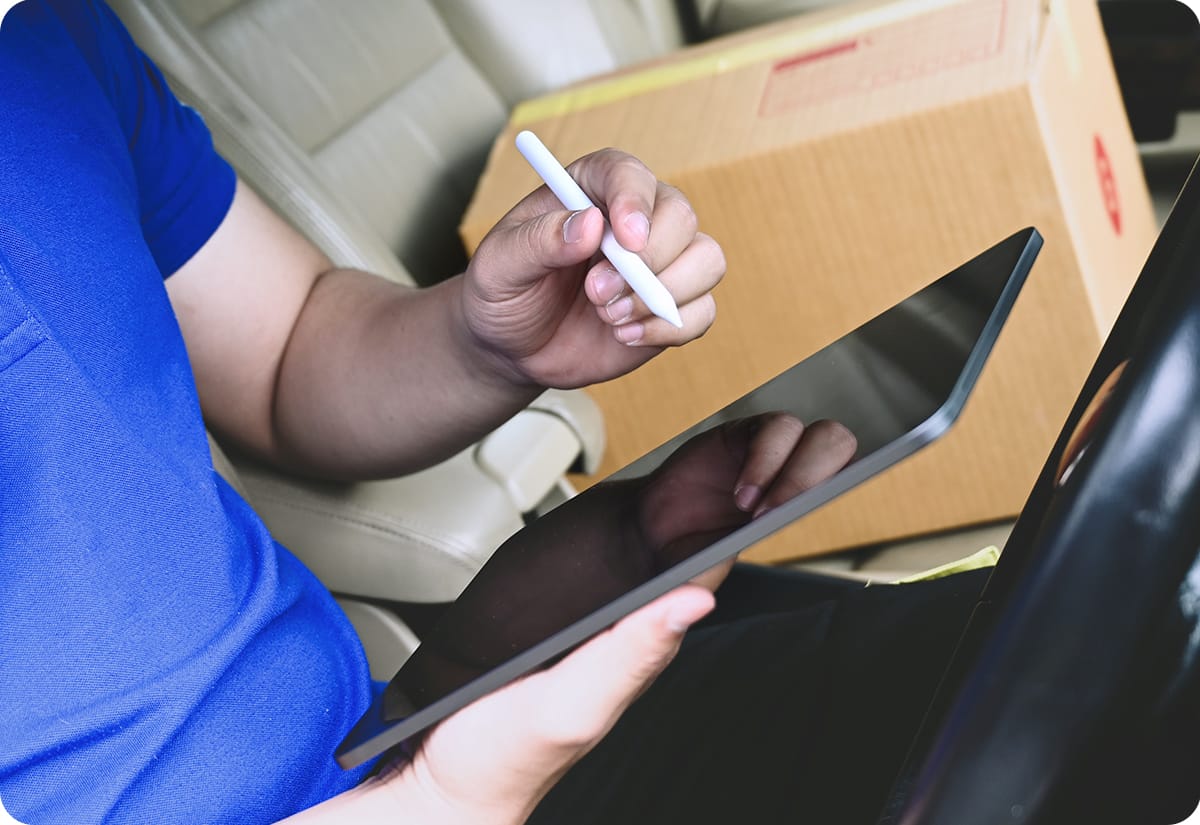Delivering a shipment is not just about getting it to the destination, it’s about making sure it gets there safely, on time, and intact. When what’s being moved holds significant value, every part of the process matters. Even a small oversight can result in lost revenue, delivery failures, or major safety risks.
Freight transportation-related fatalities increased by 30.1% from 2010 to 2020, indicating growing safety challenges as freight volumes rise. This trend highlights the importance of managing cargo transportation with greater care, smarter planning, and reliable systems to reduce risk and protect lives.
In this blog, you’ll learn how high value cargo transportation can be made safer and more reliable through smart planning, secure handling, and active monitoring.
What High Value Cargo Transportation Really Requires
High value cargo transportation depends on strong supply chain flexibility. If something goes wrong, the ability to reroute or shift resources quickly can minimize delays and losses.
High-value cargo transportation also requires more than packaging and locks. A strong strategy considers freight type, route, and risks. It calls for a solid plan, the right tools, and skilled teams. Any weak link can cause delays, damage, or lost revenue.
Think about what could go wrong:
- A shipment leaves the warehouse with no GPS tracking or electronic record.
- A driver parks a high-value trailer in an unsecured area overnight.
- No one verifies the custom load requirements before departure.
Each of these mistakes could cause a serious loss.
So, what’s required?
- Risk assessment: Know what you’re shipping and what makes it a target.
- Trained teams: From the loading dock to the delivery driver, everyone must understand their role.
- Clear communication: Every handoff should be documented, especially when working with multiple carriers.
- Contingency plans: Prepare for weather, traffic delays, or other unexpected problems.
These basics reduce risk and help ensure safe delivery.
How Cargo Protection Starts Before Pickup
Effective high value cargo transportation protection begins well before pickup. It starts with clear planning, proper packaging, and trained handling. Each early decision directly influences how secure and efficient the shipment will be in transit.
Shippers should assess each shipment’s unique needs—whether it’s fragile, sensitive, or high-value. By addressing these factors upfront, risks can be reduced through smarter planning and better execution.
Transport Management Systems (TMS) play a key role in improving cargo protection from start to finish. These tools help track load status, select the right carrier, and automate risk controls to reduce delays and exposure.
Here’s how to safeguard your freight from the beginning:
Step 1: Secure packaging
Use tamper-evident and impact-resistant packaging designed for your shipment. Fragile items need shock protection, while electronics may require anti-static materials and special insurance coverage.
Step 2: Pre-shipment inspection
Verify item condition, confirm serial numbers, and take time stamped photos before loading. This helps prevent damage disputes and ensures the shipment meets the shipper’s exact requirements.
Step 3: Trained handling
Limit access to authorized staff and ensure handlers are trained on the specific type of freight. Fewer hands involved means fewer risks. Every vehicle and trailer used should meet high-value transport standards.
Step 4: Use secure staging areas
Store goods in restricted areas with 24/7 video surveillance and limited entry. Ensure only verified staff can access these spaces. Consider additional liability coverage for goods held in staging.
Taking these steps early reduces weak spots in your cargo protection plan. Building a strong cargo protection process from the start ensures your shipments stay secure, even before they hit the road. Effective cargo protection lowers the chances of theft, damage, and claims. That’s why cargo protection should be a priority in every logistics strategy.
Freight Security Tips Before It Leaves the Dock
A strong freight security plan is part of a larger transportation management strategy. When security protocols are built into the overall logistics approach, your company is better positioned to prevent loss and ensure compliance.
Good freight security stops theft before it happens. The dock is often the last controlled environment before goods hit the road. Here are five key tips to secure your freight before departure:
Seal Verification
Always use numbered security seals. They help confirm that goods weren’t tampered with after loading.
Use the Two-Person Rule
Have two people present during loading and sealing. This reduces the risk of internal theft and improves accountability.
Document the Load Order
Keep a detailed record of what was loaded, when, and by whom. This helps with tracking and dispute resolution.
Use GPS-Locked Containers
GPS-enabled locks alert you if a container is opened unexpectedly or deviates from the route.
Conduct Random Load Checks
Surprise inspections help maintain high standards and deter dishonest behavior.
Using a mix of these freight security tactics can protect your goods before they even move. Building freight security into your loading and dispatch process creates a safer baseline for every shipment. Strong freight security practices help reduce theft, ensure proper handling, and improve compliance. Freight security is not a one-time task; it’s an ongoing commitment to protecting valuable goods.
Why Cargo Monitoring Matters Every Step of the Way
We know that once your freight leaves the loading dock, visibility and control become limited—and that’s when the risks increase. Monitoring doesn’t just keep you informed; it actively supports prevention and response. Real-time data helps avoid losses, maintain product quality, and deliver on customer promises.
With today’s tools, cargo monitoring can alert teams to problems before they escalate, confirm the exact location of goods at any moment, and ensure timely responses to temperature changes, route shifts, or delivery delays. This level of visibility is especially critical in high value cargo transportation, where every second and every update counts.
Here’s how effective cargo monitoring makes a difference in real-world situations:
| Situation | Without Cargo Monitoring | With Cargo Monitoring |
| Route Deviations | May go unnoticed until it’s too late | Triggers an alert and reroutes safely |
| Extended Stops | No visibility | Immediate flag for review |
| Temperature-Sensitive Goods | Spoilage risk not noticed | Sensors track and alert for temperature dips |
| Delivery Confirmation | Manual and delayed | Instant updates on arrival and unloading |
Cargo monitoring helps detect and fix issues before they become costly problems. With a strong cargo monitoring strategy in place, businesses gain greater control over each shipment’s journey and can respond faster to any signs of trouble. Pairing it with consistent freight security checks ensures that vulnerabilities are spotted and resolved early. It’s not just a safety feature—it’s a smart business tool. And like every smart strategy, cargo protection plays a key role in making sure the process works from start to finish.
Secure Your Freight. Protect Your Bottom Line.
We understand the pressure that comes with transporting high-value goods. From potential theft to unexpected delays, every risk can impact your business.
That’s why we at Supply Chain Solutions offer a full suite of services to protect your freight before, during, and after transit. We use proven strategies for cargo protection, freight security, and cargo monitoring to keep your shipments safe.
Whether you’re a shipper moving sensitive equipment or a logistics manager working with custom requirements, our industry expertise, trust-based partnerships, and carrier coordination help ensure success at every turn.
Ready to move your valuable freight with confidence? Contact us today and let’s secure your next shipment together.

